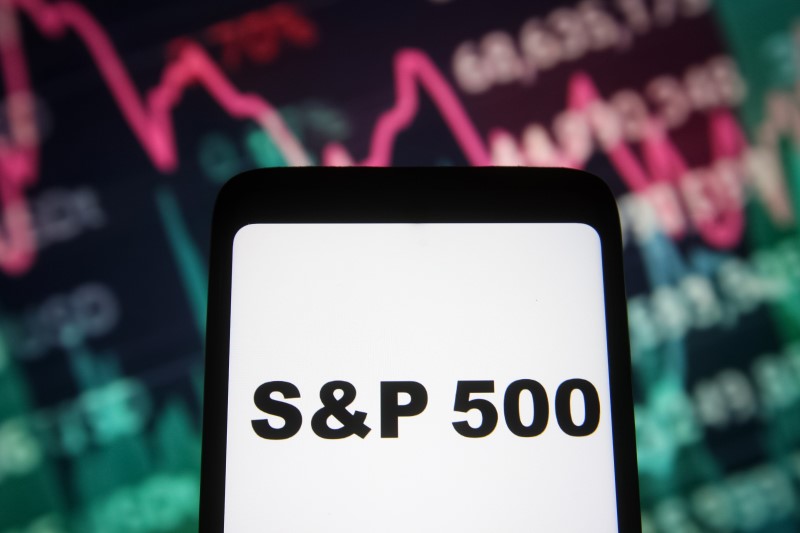By Wayne Cole
(Reuters) – A look at the day ahead in European and global markets from Wayne Cole.
It’s been a cautious start in Asian markets as Israeli troops backed by tanks pressed into northern Gaza with a ground assault that drew increased international calls for the protection of civilians.
Yet, oil prices have actually slipped and U.S. equity futures are firmer, suggesting investors are wagering the conflict will not widen or hamper oil supplies, at least for the moment.
The has taken the biggest hit, in part due to speculation the Bank of Japan might tweak, or even abandon, its yield curve control policy when a two-day policy meeting ends on Tuesday.
The central bank is considered almost certain to nudge up its inflation forecasts, but analysts are divided on whether it will act to allow yields to rise further given it spent billions last week to hold them below 1%.
Yields were up at 0.88% on Monday having climbed 11 basis points so far this month, a major move for the market, and there is pressure on the BOJ to raise the cap further or widen the trading band for yields.
Most talk is it will stay on hold this time, but will discuss laying the groundwork for an eventual shift.
Major financial institutions like Japan’s Dai-Ichi Life Insurance project a shift in BOJ policy early next year, and nearly two-thirds of economists polled by Reuters expect the BOJ to end negative rates in 2024.
Any tweak would see Japanese yields rise and add to the pain being felt in the Treasury market, where 10-year yields nudged up to 4.87% on Monday with scant sign of any safe haven bid.
Instead, dealers are fretting over how much new issuance Treasury will announce at its refunding this week, with an increase almost certain given the government’s borrowing needs.
Analysts at NatWest Markets expect $885 billion of marketable borrowing in Q4 and $700 billion in Q1. They see increases of $3 billion for 2s, 5s, and 10s, $2 billion for FRNs, 3s and 30s, and $1 billion in 7s, 20s, and 5y and 10y TIPS.
The announcement on July 31 of $1.007 trillion in funding needs for the third quarter badly spooked the bond market, leading to the sharp increase in auction volumes.
It is also notable that the borrowing kept climbing even though the economy surprised everyone with its strength. Nominal GDP growth in the third quarter was a blistering 8.5% annualised, the kind of pace China used to boast of and a pace that would normally be a bonanza for tax receipts.
The sharp rise in market borrowing costs has convinced analysts the Federal Reserve will stand pat at its policy meeting this week, with futures implying a 97% chance of rates staying at 5.25-5.5%.
The market has also priced in 165 basis points of easing for 2024, starting around mid-year 2024.
The earnings season also continues this week with Apple (NASDAQ:), Airbnb, McDonald’s (NYSE:), Moderna (NASDAQ:) and Eli Lilly (NYSE:) among the many reporting. Results so far have been underwhelming, contributing to the ‘s retreat into correction territory.
Key developments that could influence markets on Monday:
– Bank of Japan begins two-day policy meeting
– German GDP and CPI data, EU business climate
– Appearances by ECB Vice President Luis de Guindos and Riksbank Governor Erik Thedéen
– Treasury announces borrowing estimates for the fourth quarter and the first quarter of 2024.
Read the full article here
